Reviewed by: Ysa Garcia
Tesla's potential adoption of Apple CarPlay reads like a classic about-face. After more than a decade of steadfast opposition, reports indicate the company has begun internal testing of CarPlay integration, with discussions about a public rollout potentially happening within the coming months.
Not just another tech update, a fundamental shift that could reshape how we think about the relationship between smartphones and smart cars.
The irony is hard to miss. Tesla, the company that pushed the entire automotive industry to rethink what a car could be, might now bend to accommodate a feature most other manufacturers adopted years ago.
Still, this pivot could be exactly what Tesla needs, a pressure valve for competition and a proof point that it can adapt when market reality collides with corporate philosophy.
Why Tesla finally changed its mind about CarPlay
For years, Tesla's resistance to CarPlay was not just technical; it was personal and strategic. Elon Musk viewed Apple as a direct threat, especially when Apple's Titan project was still alive and poaching Tesla engineers. Tesla also wanted to keep a tight grip on customer relationships and avoid Apple’s App Store fees, which had previously drawn Musk's criticism.
Then the terrain shifted. Apple canceled Titan in 2024, removing the shadow that had kept Tesla on guard for years. Without Apple pushing into EVs, Tesla could finally consider CarPlay integration without feeling like it was letting a rival into the cockpit.
The consumer picture is even clearer. A recent McKinsey survey found that almost half of car buyers say they would not purchase a vehicle that lacks Apple CarPlay or Android Auto, and that 85% of car owners who have these systems prefer them over the automaker's built-in interface. With numbers like that, ideology takes a back seat to business.
Market pressure piled on. Tesla's vehicle registrations in California fell about 12% in 2024, with Model 3 registrations dropping roughly 36%, and competitors leaned hard into CarPlay support. Many prospective buyers have specifically cited the lack of CarPlay as a deal-breaker, a barrier that price cuts and financing could not clear.
How Tesla's CarPlay implementation will actually work
Tesla’s plan reflects a familiar tension: give customers what they want while keeping control. Instead of letting CarPlay take over the entire display, Tesla plans to display CarPlay as a windowed interface within its broader software system.
It is a shrewd compromise. Tesla's native navigation, vehicle controls, and Full Self-Driving features remain accessible alongside CarPlay. Think laptop, not takeover — CarPlay runs like an app inside Tesla’s OS.
On specs, priorities are clear. The company is focusing on standard wireless CarPlay rather than the more advanced CarPlay Ultra that can control instrument clusters and climate functions. That keeps Apple’s apps within reach while Tesla keeps the wheel on core vehicle features and its integrated architecture.
And Android Auto? No signs Tesla is pursuing it. Maybe this is a one-platform test. Maybe Tesla sees more overlap with iPhone owners. Either way, focus first, expansion later.
What this means for Tesla owners and the industry
CarPlay in a Tesla is more than another icon on the screen. For owners and shoppers, it could remove one of the most persistent pain points. Drivers would finally gain access to familiar Apple apps like Apple Maps, iMessages, and Podcasts, thereby shrinking the learning curve and narrowing the app gap.
That matters for newcomers. Some buyers find Tesla’s interface intimidating, and they prefer the comfort of their iPhone apps to a proprietary system. CarPlay could make a Tesla feel familiar the minute you sit down, widening appeal beyond early adopters to anyone who values ease of use.
There are still hurdles. Internal discussions suggest a rollout in the coming months, but Tesla’s timelines have a way of moving. Technical complexity, regulation, shifting priorities, pick your reason, and add patience.
Money and operations count too. Integrating CarPlay involves significant costs, including software updates, licensing fees, and system adaptations across the lineup. With margin pressure already in play, the bet needs to return value through sales and satisfaction.
Then there is the culture question. Some Tesla enthusiasts worry CarPlay could disrupt the company's carefully designed software ecosystem. Power users who mastered the interface may see CarPlay as clutter, not convenience. We will see.
The bigger picture: Tesla's strategic evolution
Tesla’s CarPlay testing signals something bigger than a feature add; it shows a willingness to bend when the market demands flexibility. It reflects Tesla's adaptive strategy in responding to market pressures and consumer demands, not rigid purity at the expense of customers and share.
The ripple effect could be real. If the company that defined the modern EV now treats CarPlay as table stakes, others will notice. This could influence other manufacturers to reconsider their infotainment strategies as expectations for seamless phone integration harden.
It also underscores a broader shift toward collaboration in auto tech. Tesla's willingness to work with tech giants when market conditions demand it hints at more partnerships ahead. Car companies do not need to build every software tool if drivers prefer trusted platforms that match their daily digital lives.
The EV market has matured, too. Early on, being different was a selling point; customers tolerated quirks because they were buying a vision of transportation’s future. As EVs go mainstream and choices multiply, consumer expectations are shifting toward familiarity and ease of use, not novelty for its own sake.
The timeline is still fuzzy, and details will evolve, but Tesla’s internal testing of CarPlay is a clear nod to customer expectations. As market dynamics continue to evolve, this may be the start of a broader recalibration of how Tesla balances ambition with practical demands.
Whether Tesla actually follows through with CarPlay integration remains to be seen; the company’s history argues for caution on dates. Still, the fact that it is testing the feature shows how much the landscape and consumer expectations have changed.
Sometimes the most revolutionary move is admitting your customers know what they want, even if that means softening principles that once felt non-negotiable.





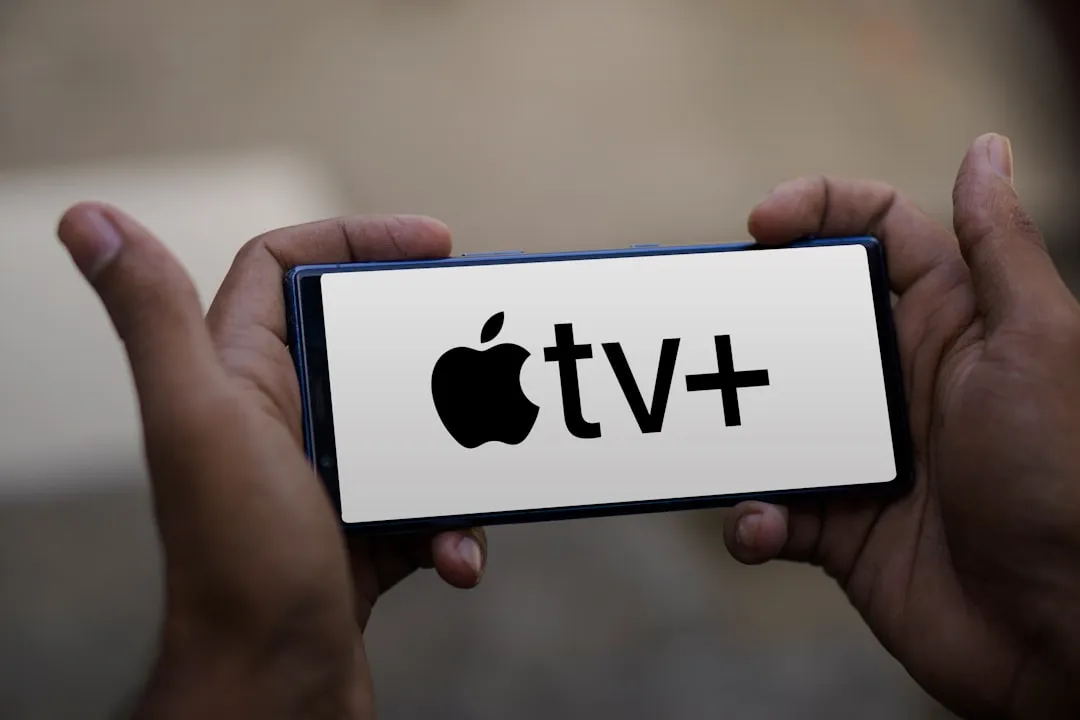
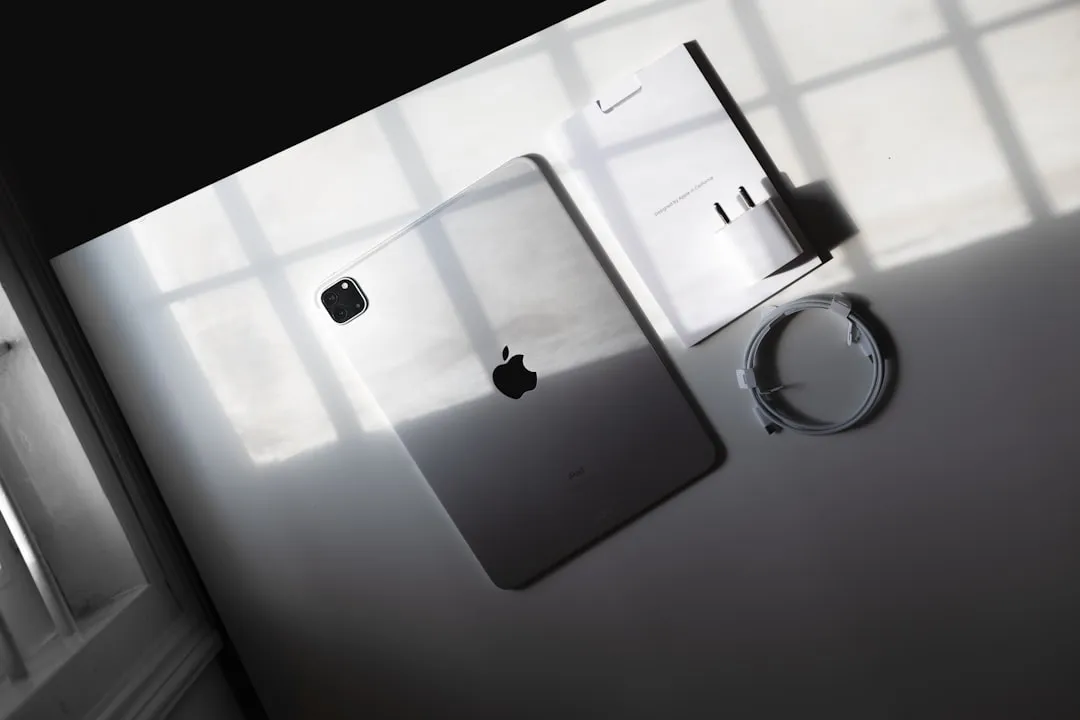

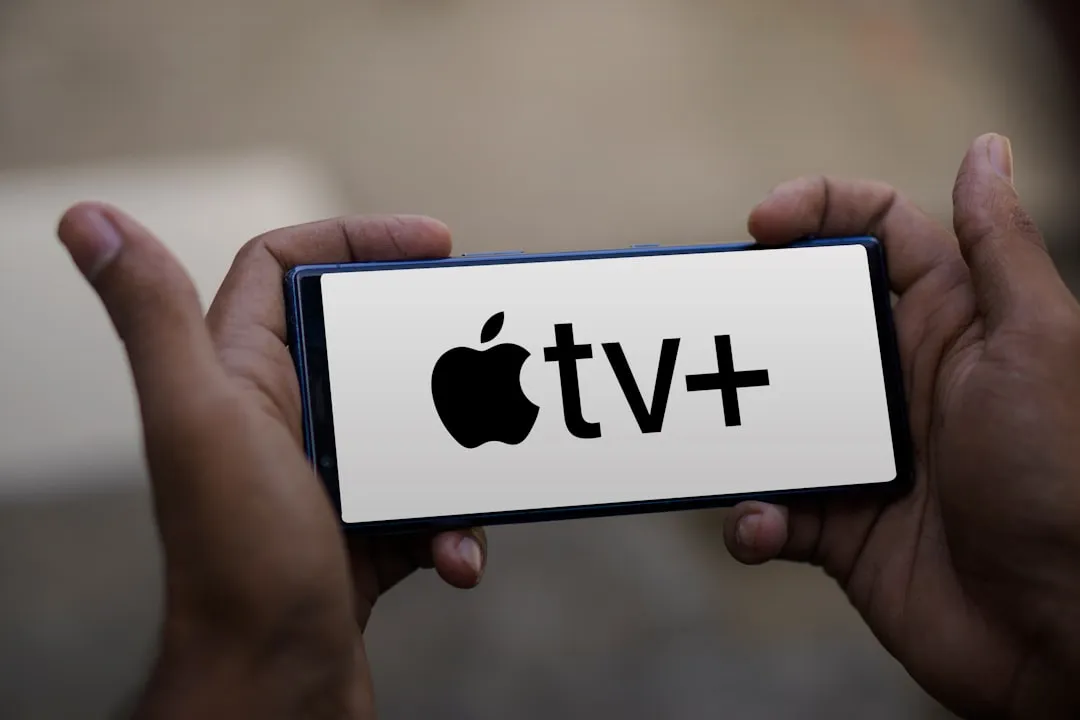

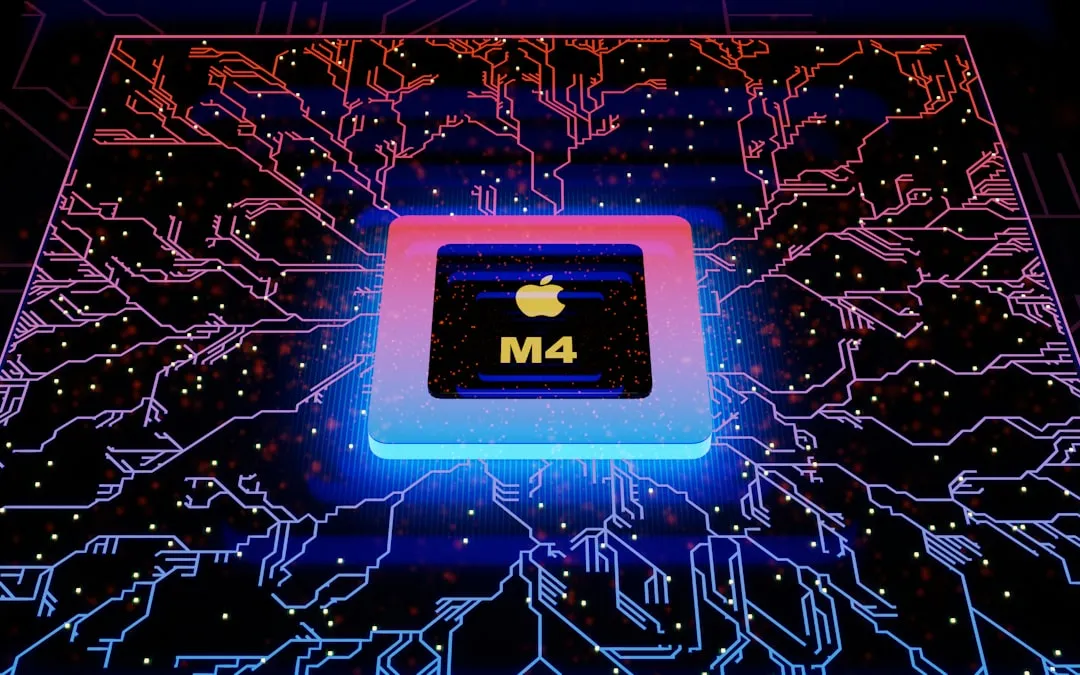
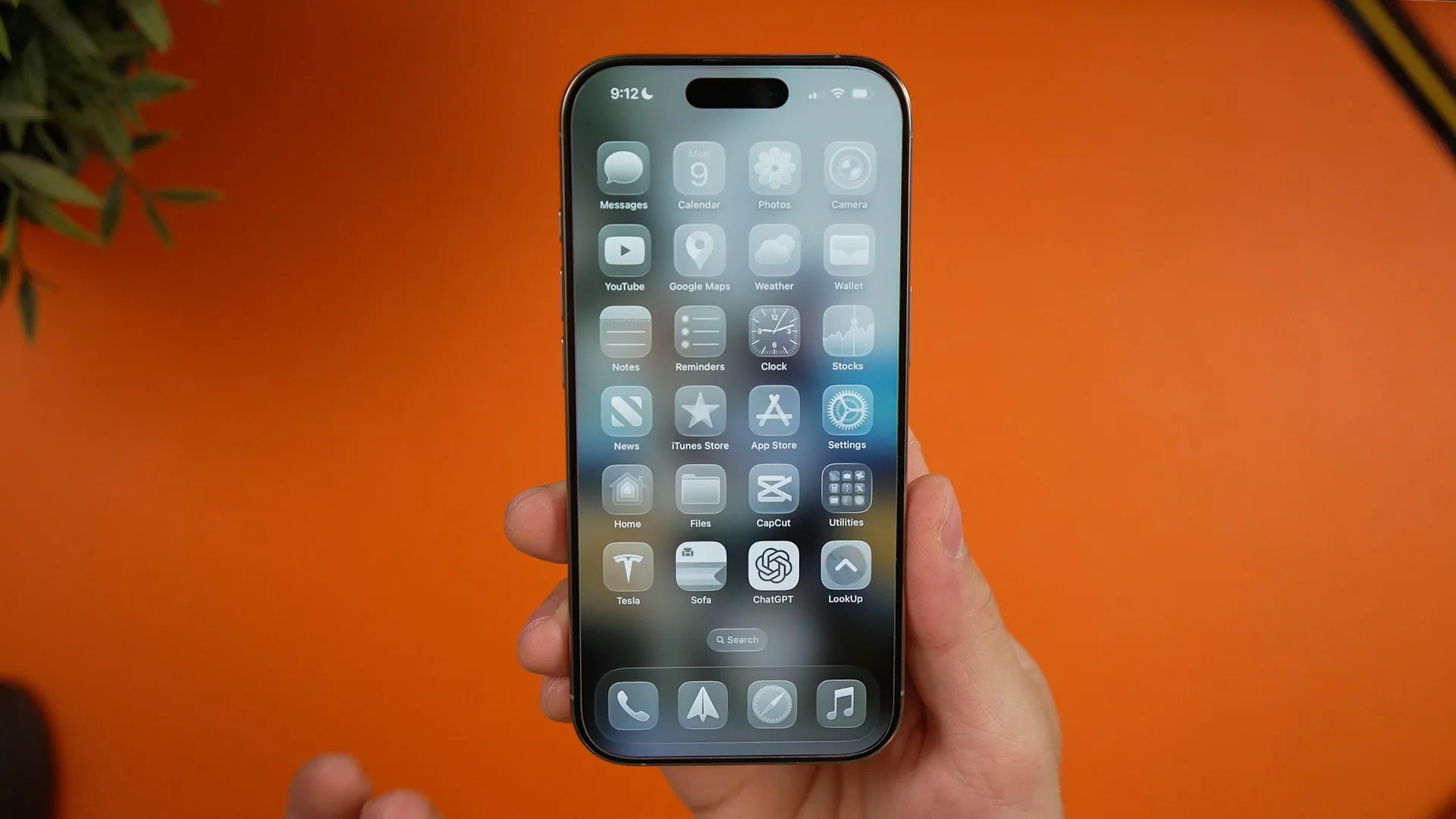

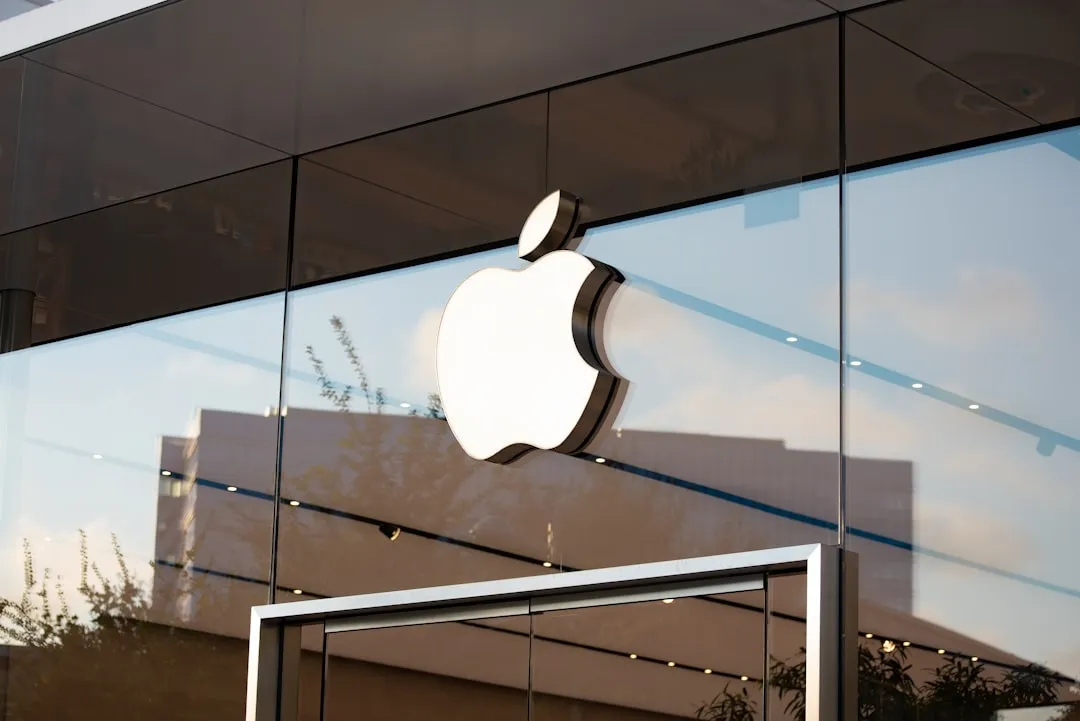



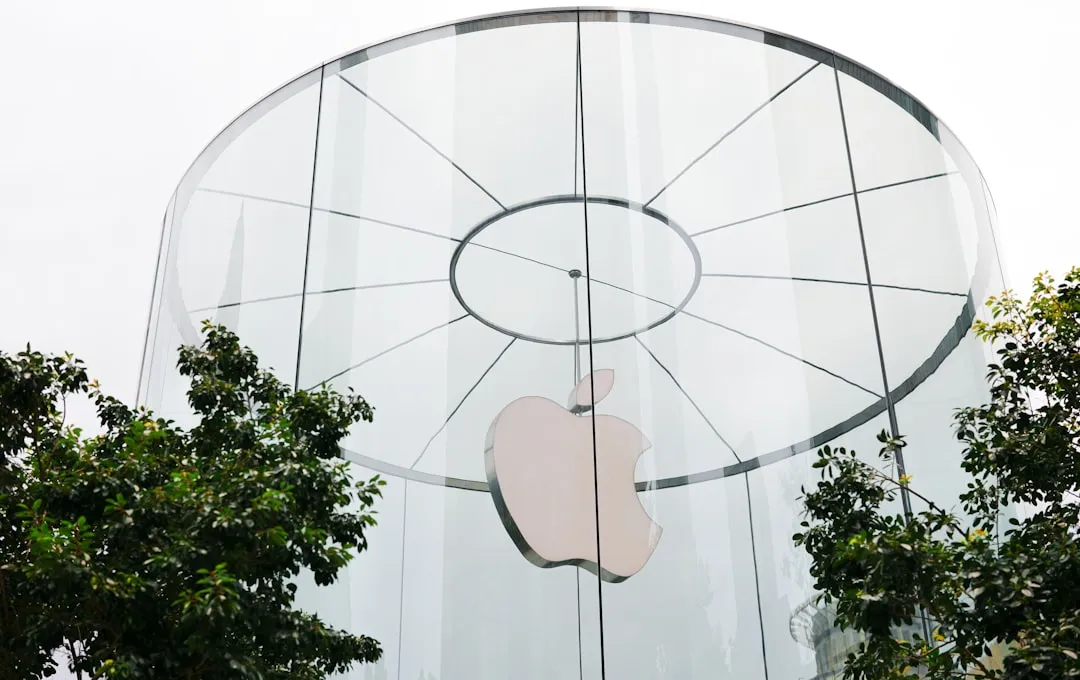




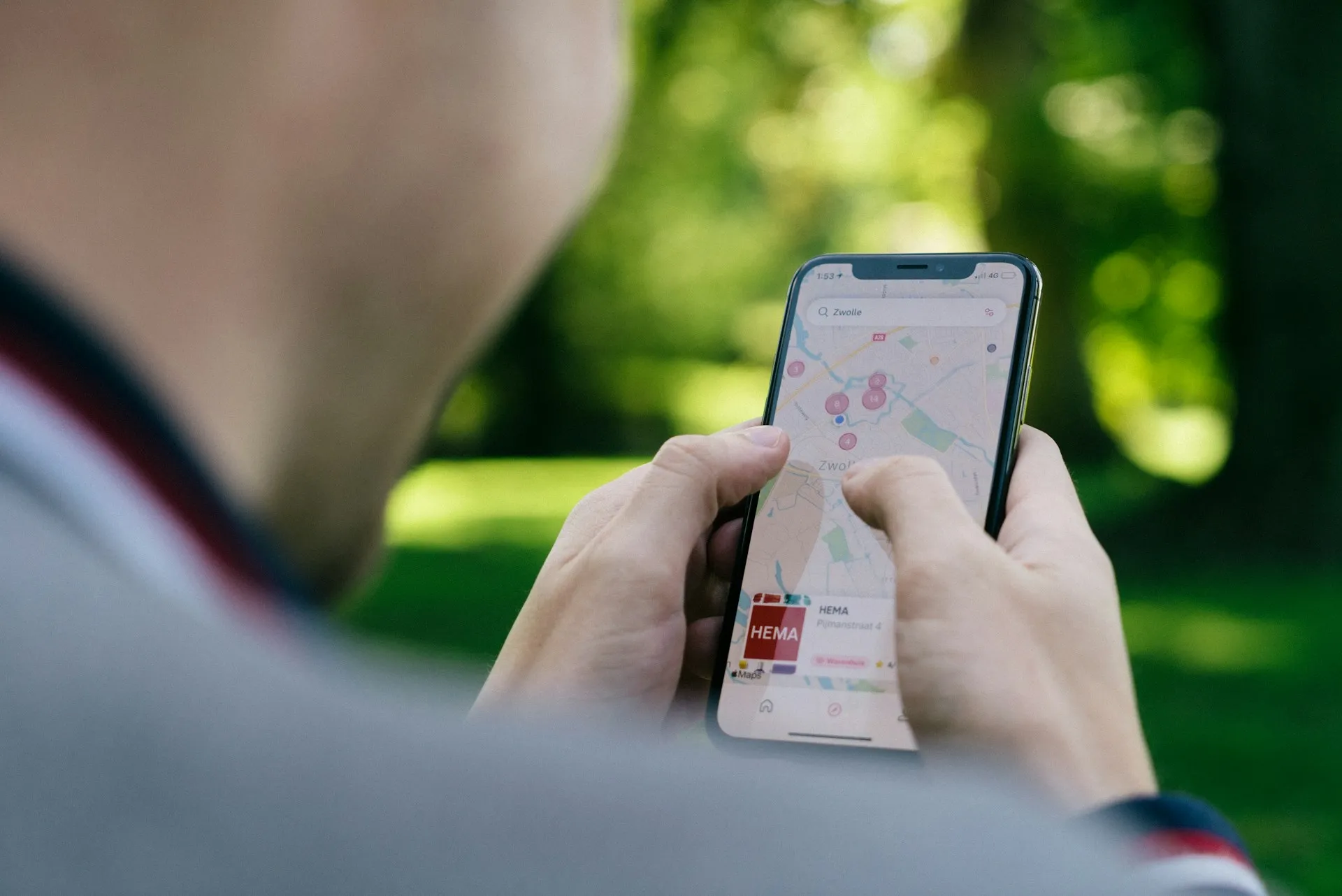
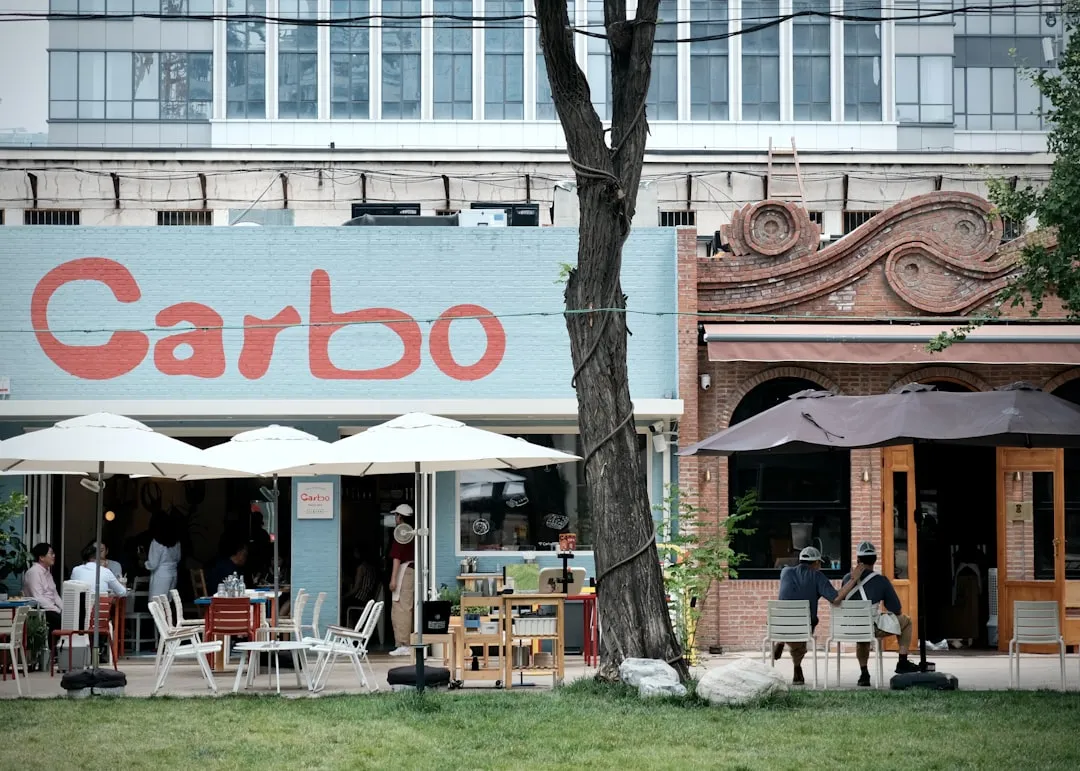
Comments
Be the first, drop a comment!